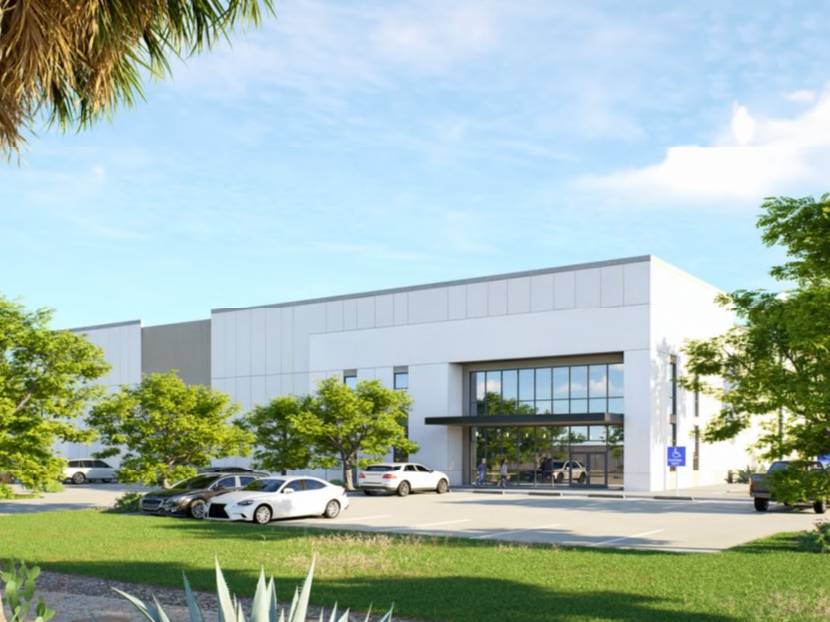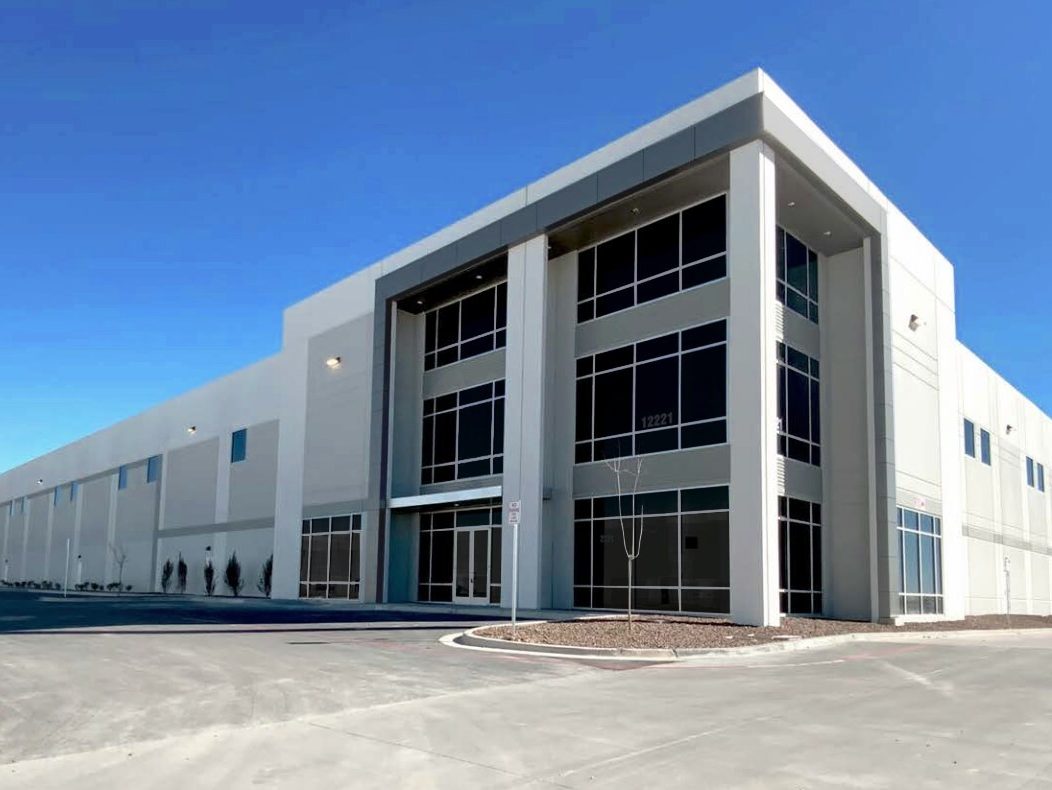Health-Care CRE Soldiers On, Despite the Sector’s Woes
Higher costs, labor shortages and changes in reimbursements are diminishing health systems' margins, a new JLL report finds.
Like every other sector in the economy, health care was ambushed by the COVID-19 pandemic, yet that industry’s stresses were—and continue to be—more challenging in multiple ways.
It’s a complex situation that JLL’s brand-new 2022 Healthcare and Medical Office Perspective examines closely, including how it plays out for health-care real estate as an investment.
“Despite the challenges, the medical office sector remains one of the most resilient commercial real estate sectors, and investors view it as a key alternative asset class due to unwavering demand,” JLL reports.
That’s the good news. But the health-care sector still faces serious disruptions, especially higher costs, labor shortages and changes in reimbursements, all of which are diminishing health system margins.
As those margins continue to suffer, health-care systems are having to put a stronger emphasis on cost-cutting. A decrease in patient volumes because of the pandemic is one of the factors here, a decrease that has yet to fully turn around.
READ ALSO: Life Science Outlook Remains Strong
The fact that since February 2020 one in five health-care workers have quit is a stark measure of the turnover in the sector. Labor costs typically total about 55 percent of a health-care system’s operating costs, and from January 2019 to March 2021 the median per-patient labor cost rose by 37 percent, JLL reports, citing data from health-care consultants Kaufman Hall.
And while an aging population helps to drive health-care business, the growing number of Americans on Medicare and Medicare Advantage is shifting the payer mix toward governmental sources, whose reimbursement rates are below those of commercial insurers.
CRE after M&A
After labor, real estate is one of health-care’s major costs, and it’s here that JLL sees health-care operators engaging in creative strategies such as “Blending and extending leases to reduce rent or square footage in exchange for longer terms” and “Bundling leases where there are multiple locations and significant square footage with a single landlord.”
In the context of record recent health-care M&A activity—the second quarter of this year saw 13 transactions totaling $19.2 billion in annual revenue among the various parties—JLL reports that providers are reaping the real estate benefits of large scales by, among other approaches, rationalizing their ambulatory portfolios.
Meanwhile, medical office building completions seem to be stalled below pre-pandemic levels because of cost increases, macroeconomic worries and supply chain issues. Development starts are nonetheless rebounding, and JLL notes that medical tenants are less likely to turn over than other commercial tenants.
Nationwide, JLL says that in 2021 and 2022, absorption outpaced new deliveries and drove occupancy above 90 percent.
“Medical office real estate remains in high demand by investors due to tenants’ creditworthiness and fundamentals that were less disrupted by the pandemic than the commercial sector,” JLL concludes.








You must be logged in to post a comment.